The Everrati Pagoda: An electric wolf in classic combustion clothing
What do John Lennon, Audrey Hepburn, Charlton Heston, Kate Moss and Harry Styles have in common? They all owned an SL Pagoda. But they won't have owned one as nice as this.
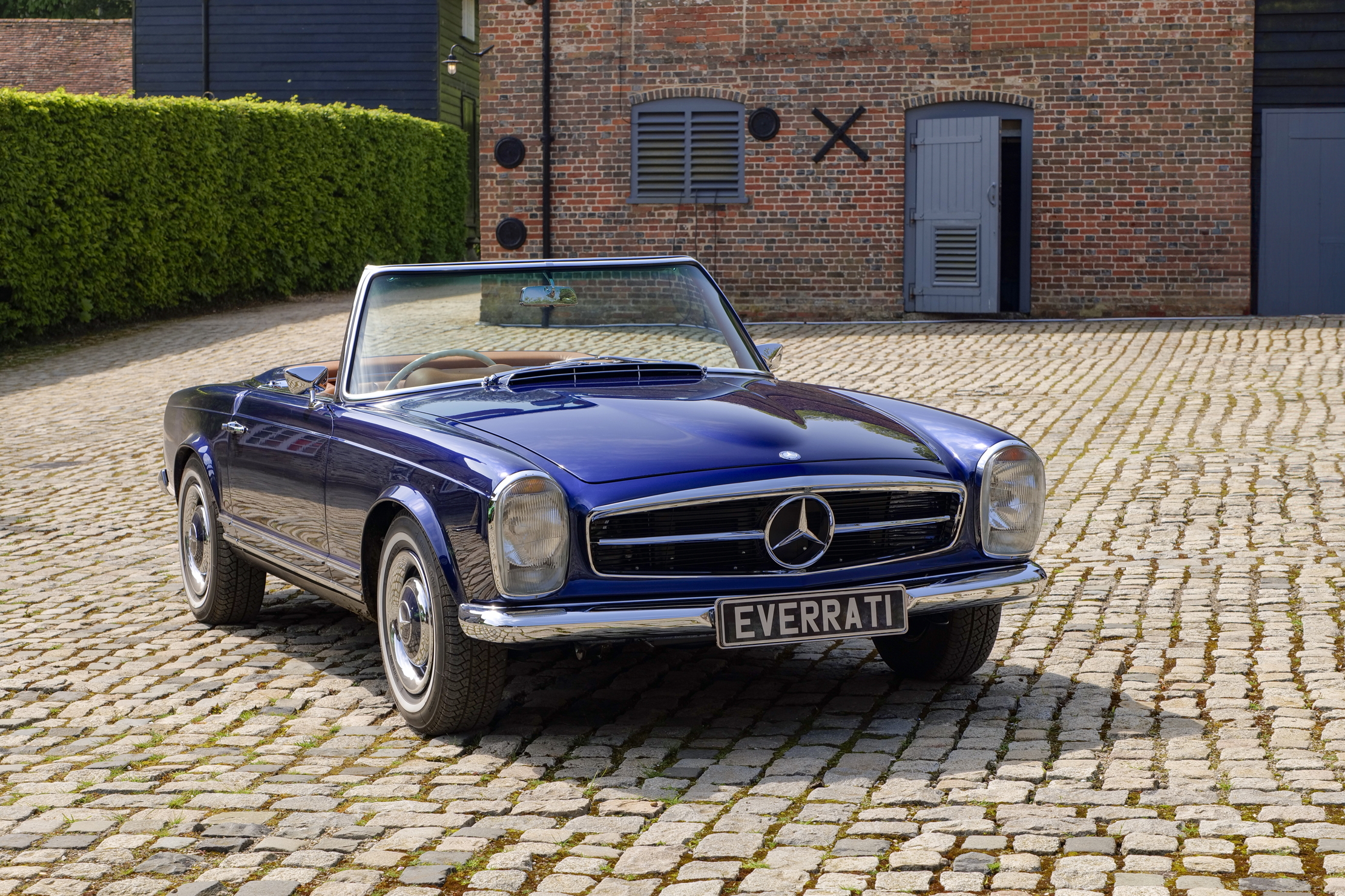

The classic Mercedes-Benz SL you see before you has had a heart transplant. In fact, every mechanical organ has been ripped out and replaced. The surgeon goes by the name Everrati, a British start-up which is future-proofing this and other iconic vehicles by ditching internal combustion for electric power.
I know what you’re thinking: Sacrilege! A butcher! But calm down and put the pitchfork away. Electric classics make a lot of sense if you want 1960s style without the oily aggro. And unlike a Tesla – which has all the verve of a kitchen appliance – ‘restomods’ are genuinely kind to the environment, for there’s nowt more sustainable than keeping decades-old motors on the road rather than manufacturing new ones in belching factories - especially if there are zero emissions from the car’s exhaust pipes. This Merc has no exhaust pipes, period. By taking out the petrol parts and replacing them with state-of-the-art lithium-ion batteries and electric motors, you can have the best of both worlds: A bewitching pre-internet artwork on wheels, combined with a 100% clean and efficient future-facing powerplant.
Based out of an old RAF building in Oxfordshire, Everrati was founded in 2018 by fin-tech millionaire Justin Lunny and ex-Daimler and VW automotive man Nick Williams. They met spectating at Le Mans and discovered a shared vision for substituting 20th century displacement for 21st century kilowatt-hours. Quite sensibly, Everrati concentrates on classics that aren’t especially rare nor legendary by virtue of their engines, specifically Series II, IIA and III Land Rovers (1958-1985), the Porsche 964 (1989-1993), and now this.
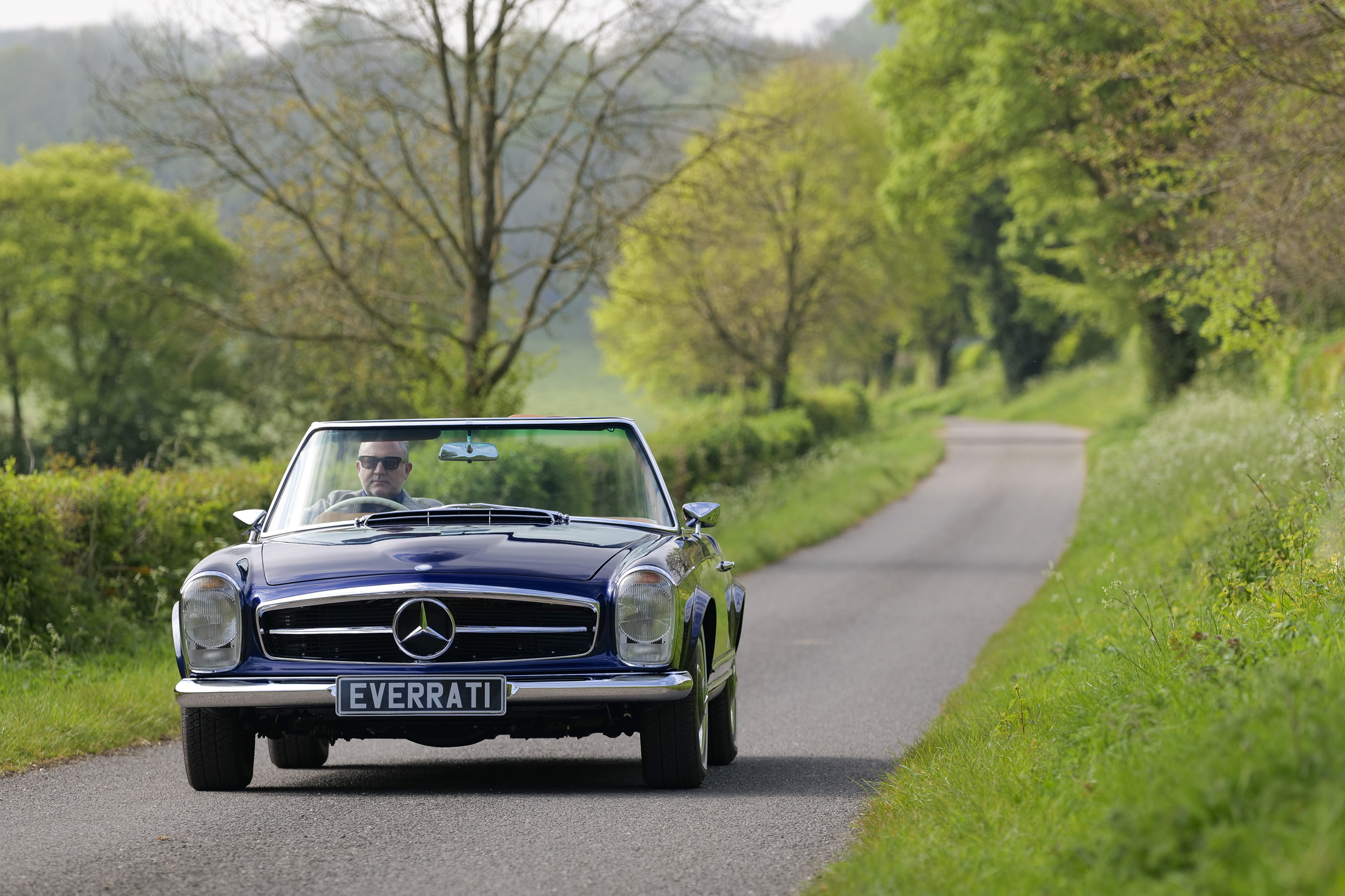
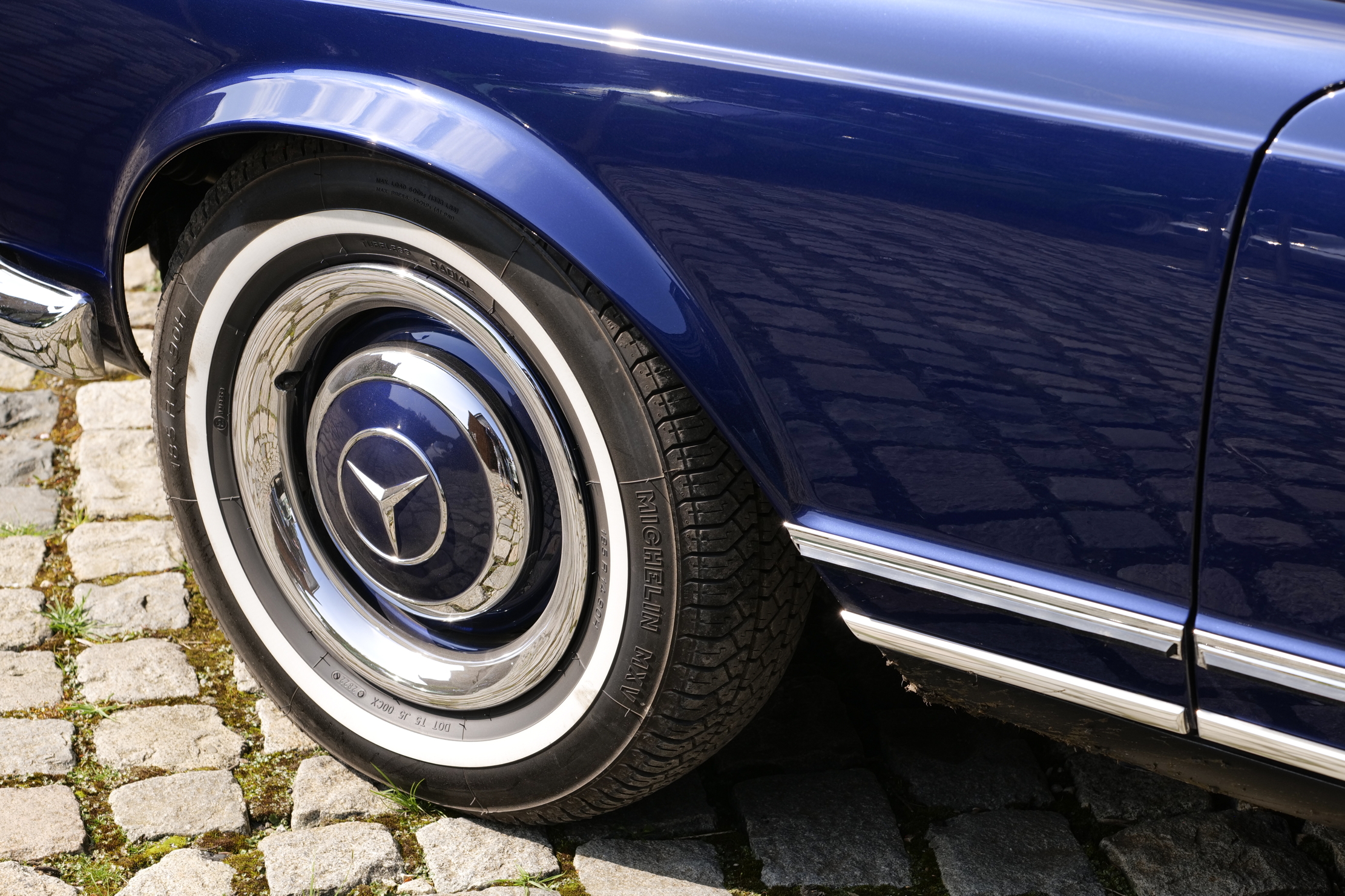
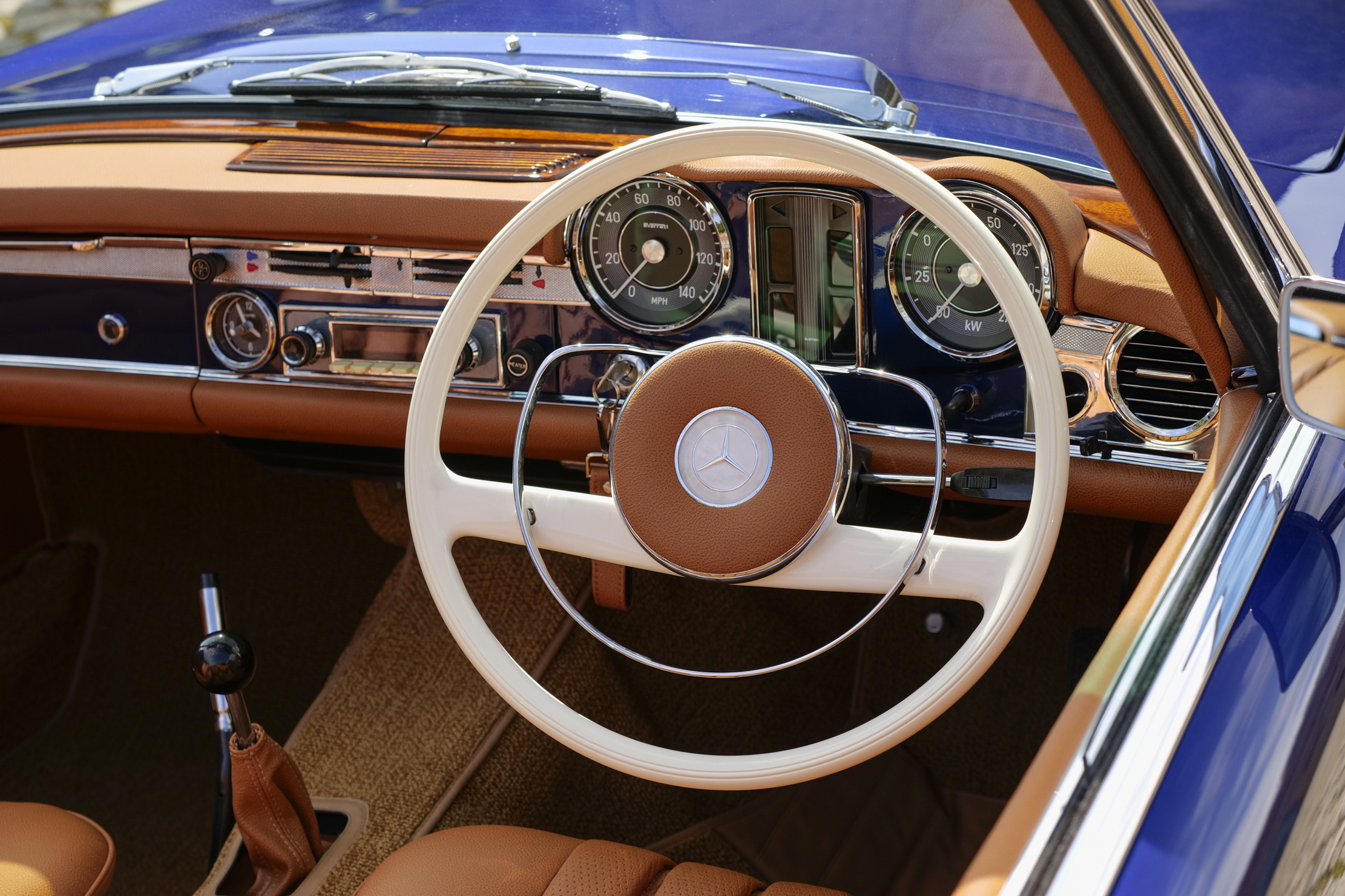

The Mercedes W113 SL ‘Pagoda’ (1963-1971), so named because of the concave shape of its removable hard-top, is indisputably one of the most beautiful and evocative sports cars of its generation. Luminous owners have included John Lennon, Audrey Hepburn, Charlton Heston, and more recently Kate Moss and Harry Styles. But despite the inherent glamour, it was built in big numbers (50,000) and a decent donor car can be acquired for as little as £40,000. From there, not only does Everrati put 5,000 man-hours into constructing a fully electric powertrain, it engineers a new chassis, upgrades all the mechanicals and spends up to a year restoring the body and cabin
Lunny compares it to buying a pile in the country. ‘You want a country house to be old and charming architecturally, and you don’t want to do anything to spoil that, but you also expect it to have up-to-date heating and a modern kitchen’. Ergo, Everrati will sort heated seats, electric windows and a socket to charge your iPhone, should you wish. In the world of classic car anoraks, originality and matching numbers are key, but Everrati will give you all the replaced parts if you want to keep them, including the engine which they’ll put in a display case for you. Makes a great coffee table.
Lunny lends me the keys to what is, essentially, Everrati’s ‘demo’ Pagoda; a 1964 example, born as a 230 SL with the 2.3 litre straight-six, which spent most of the nineties and noughties in a barn. The restoration is quite incredible, involving £20,000-worth of new chrome alone, and a wonderfully elegant Blu Le Mans hue courtesy of Ferrari’s paint wizards. The interior, handsomely tailored in tan leather, is as timeless as an Hermès bag, and the huge Bakelite steering wheel is a work of art.
'One of our customers is a busy mum who drives her electric Series II every day and loves the style and shape, but would never dream of owning an oily one'
It's a fantastically easy car to drive; the 300bhp drivetrain is as smooth as silk and the generous torque is linear. Zero to 60mph takes seven seconds and the top speed is the same as the original combustion car’s: 124mph. They could have added more power and speed, but that would add weight and simply not suit the spirit of this car. As it is, it weighs only 30-90kg more than a petrol one. The low centre of gravity and KW suspension means it corners like a modern roadster. A realistic range of 220 miles puts it up there with other small EVs like the Mini.
Sign up for the Country Life Newsletter
Exquisite houses, the beauty of Nature, and how to get the most from your life, straight to your inbox.
‘Most of our clients would be shocked at what an original Pagoda is like to drive,’ says Lunny (not in a good way), ‘or an early Land Rover for that matter. And then you have the headache of maintenance and poor reliability. Classics are for the committed. One of our customers is a busy mum who drives her electric Series II every day and loves the style and shape, but would never dream of owning an oily one. Sometimes you really shouldn’t meet your heroes. If you drove an original Pagoda you might never want to drive it again.’
And now to the price. Including the donor car you’re looking at around £440,000. That is an awful lot of money, but Everrati plans to build 15-20 of these a year and there are no shortage of buyers, especially in the US. Their high-net-worth clients include a couple of billionaires. Most work in tech, energy and sustainability, such as Matt Rogers, the co-founder of smart thermostat maker Nest. Says Lunny: ‘With some exceptions, our customers tend not to be full-on petrolheads, but they love the style and spirit of these cars.’ And the Pagoda draws happy smiles wherever it goes.
Adam Hay-Nicholls is an award-winning journalist. He regularly writes for The Sunday Times Magazine, GQ, Air Mail, Metro, City AM, The Spectator and Wallpaper.
-
 Why British designers dream up the most desirable hotels
Why British designers dream up the most desirable hotelsWhen it comes to hotel design, the Brits do it best, says Giles Kime.
By Giles Kime Published
-
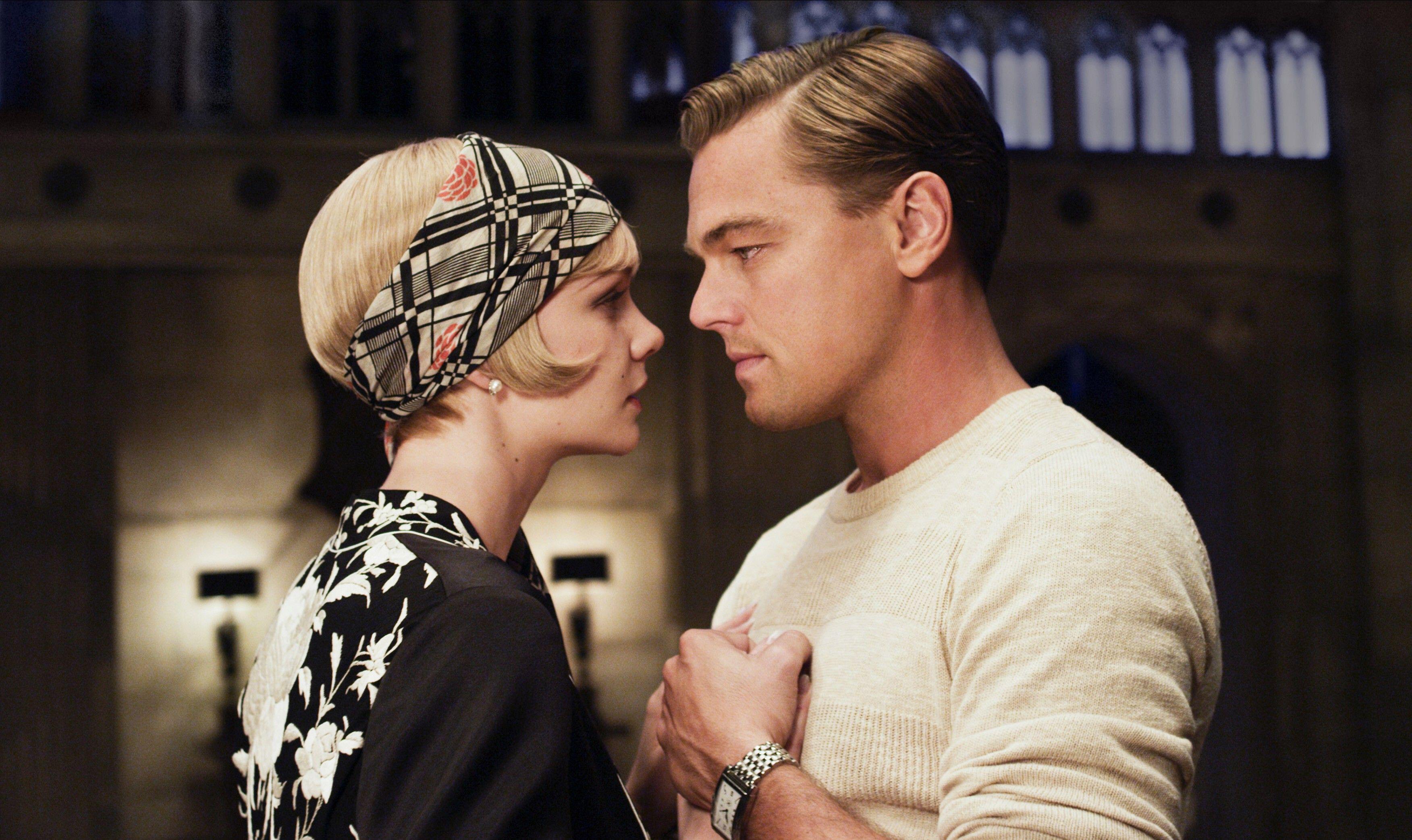 The five minute guide to 'The Great Gatsby', a century on from its publication
The five minute guide to 'The Great Gatsby', a century on from its publication'The Great Gatsby' sold poorly the year it was published, but, in the following century, it went on to become a cornerstone of world literature.
By Carla Passino Published
-
 The five minute guide to 'The Great Gatsby', a century on from its publication
The five minute guide to 'The Great Gatsby', a century on from its publication'The Great Gatsby' sold poorly the year it was published, but, in the following century, it went on to become a cornerstone of world literature.
By Carla Passino Published
-
 Shark tanks, crocodile lagoons, laser defences, and a subterranean shooting gallery — nothing is impossible when making the ultimate garage
Shark tanks, crocodile lagoons, laser defences, and a subterranean shooting gallery — nothing is impossible when making the ultimate garageTo collectors, cars are more than just transport — they are works of art. And the buildings used to store them are starting to resemble galleries.
By Adam Hay-Nicholls Published
-
 ‘David Hockney 25’ at the Fondation Louis Vuitton: Britain’s most influential contemporary artist pops up in Paris to remind us all of the joys of spring
‘David Hockney 25’ at the Fondation Louis Vuitton: Britain’s most influential contemporary artist pops up in Paris to remind us all of the joys of springThe biggest-ever David Hockney show has opened inside the Fondation Louis Vuitton in Paris — in time for the season that the artist has become synonymous with.
By Amy Serafin Published
-
 Under the hammer: A pair of Van Cleef & Arpels earrings with an intriguing connection to Princess Grace of Monaco
Under the hammer: A pair of Van Cleef & Arpels earrings with an intriguing connection to Princess Grace of MonacoA pair of platinum, pearl and diamond earrings of the same design, maker and period as those commissioned for Grace Kelly’s wedding head to auction.
By Rosie Paterson Published
-
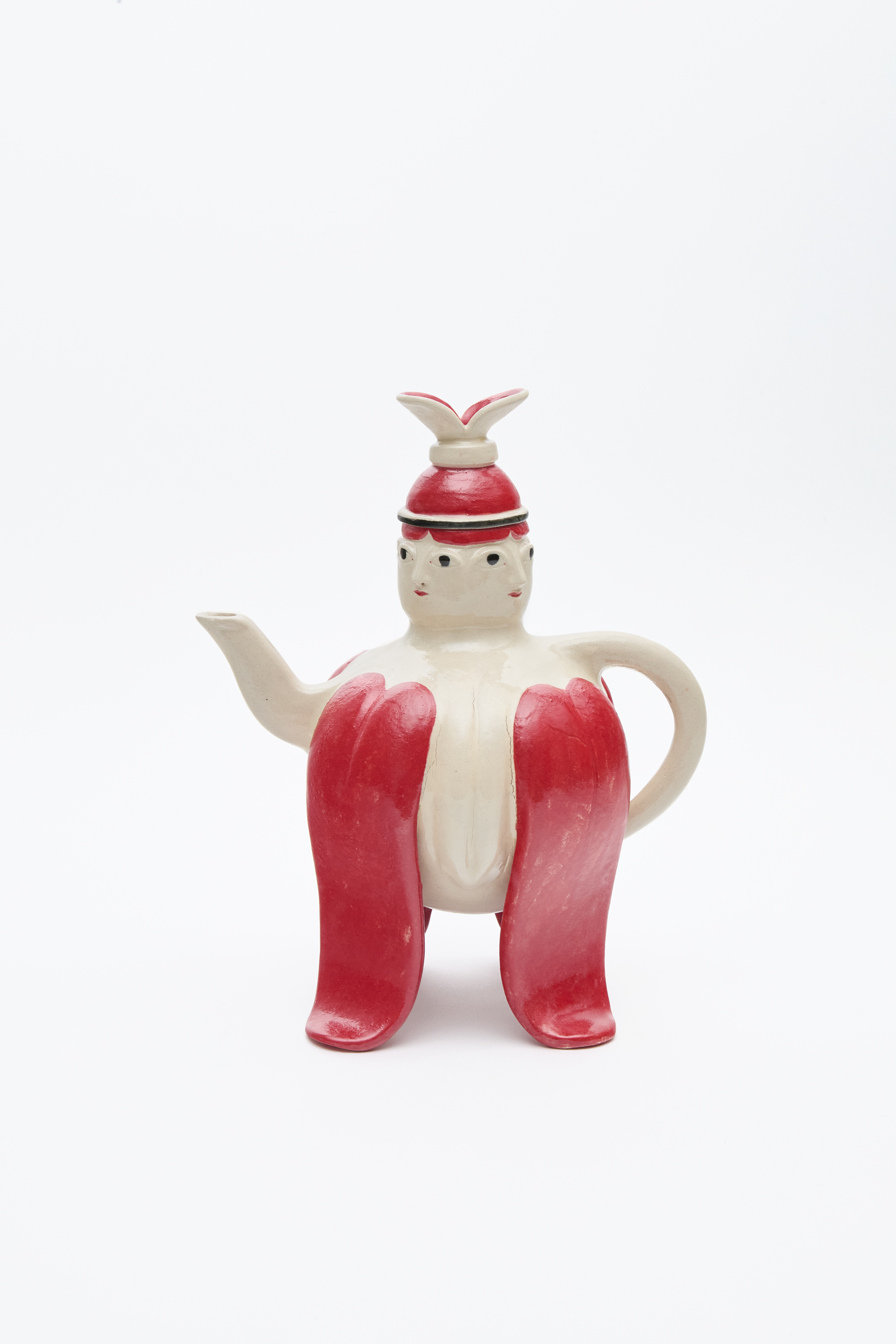 Why LOEWE decided to reimagine the teapot, 25 great designs over
Why LOEWE decided to reimagine the teapot, 25 great designs overLoewe has commissioned 25 world-leading artists to design a teapot, in time for Salone del Mobile.
By Amie Elizabeth White Published
-
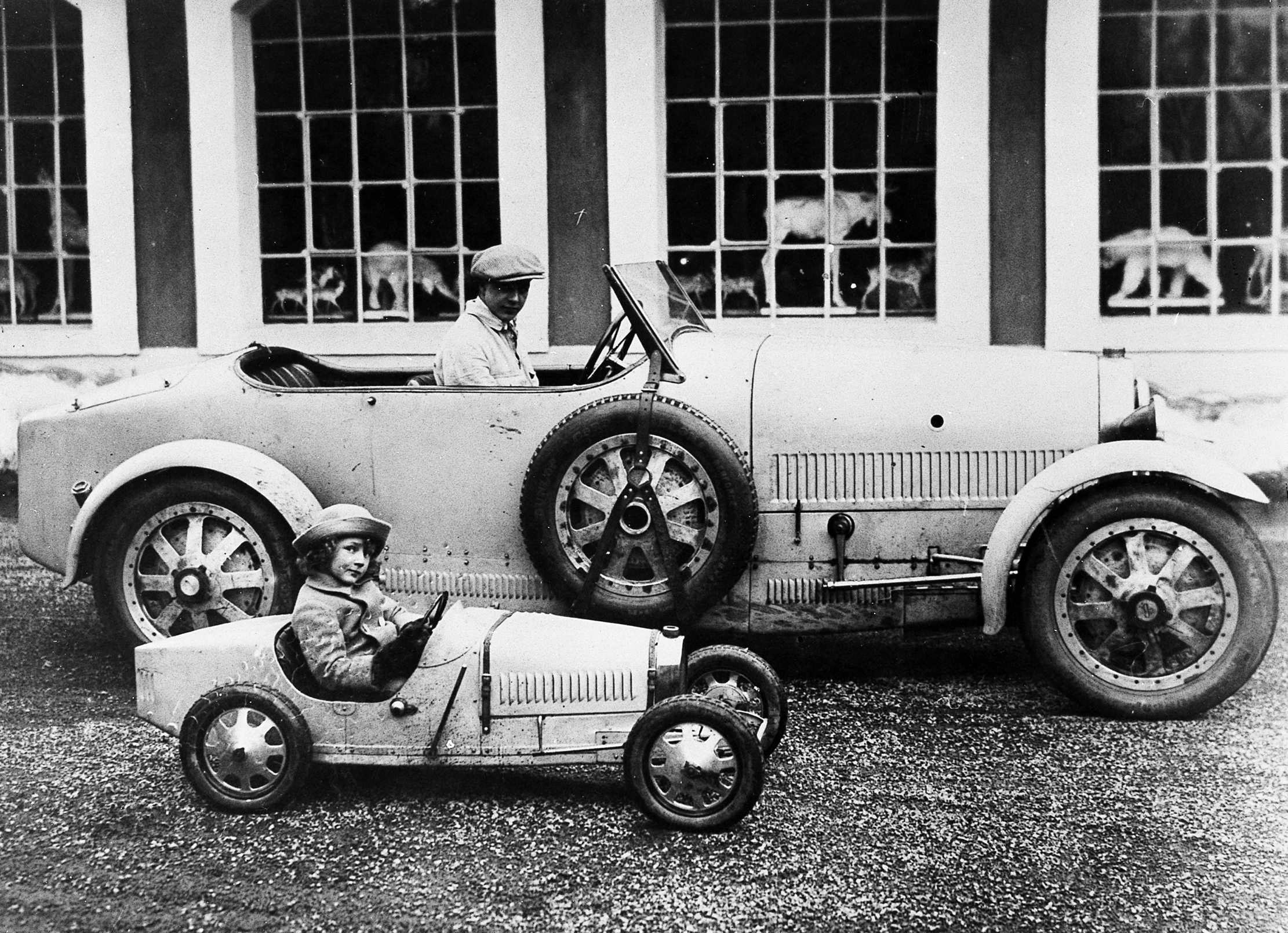 The brilliant Bugattis: Sculpture, silverware, furniture and the fastest cars in the world
The brilliant Bugattis: Sculpture, silverware, furniture and the fastest cars in the worldA new exhibition at this year's Treasure House Fair will shine a light on the many talents of the Bugatti dynasty.
By James Fisher Published
-
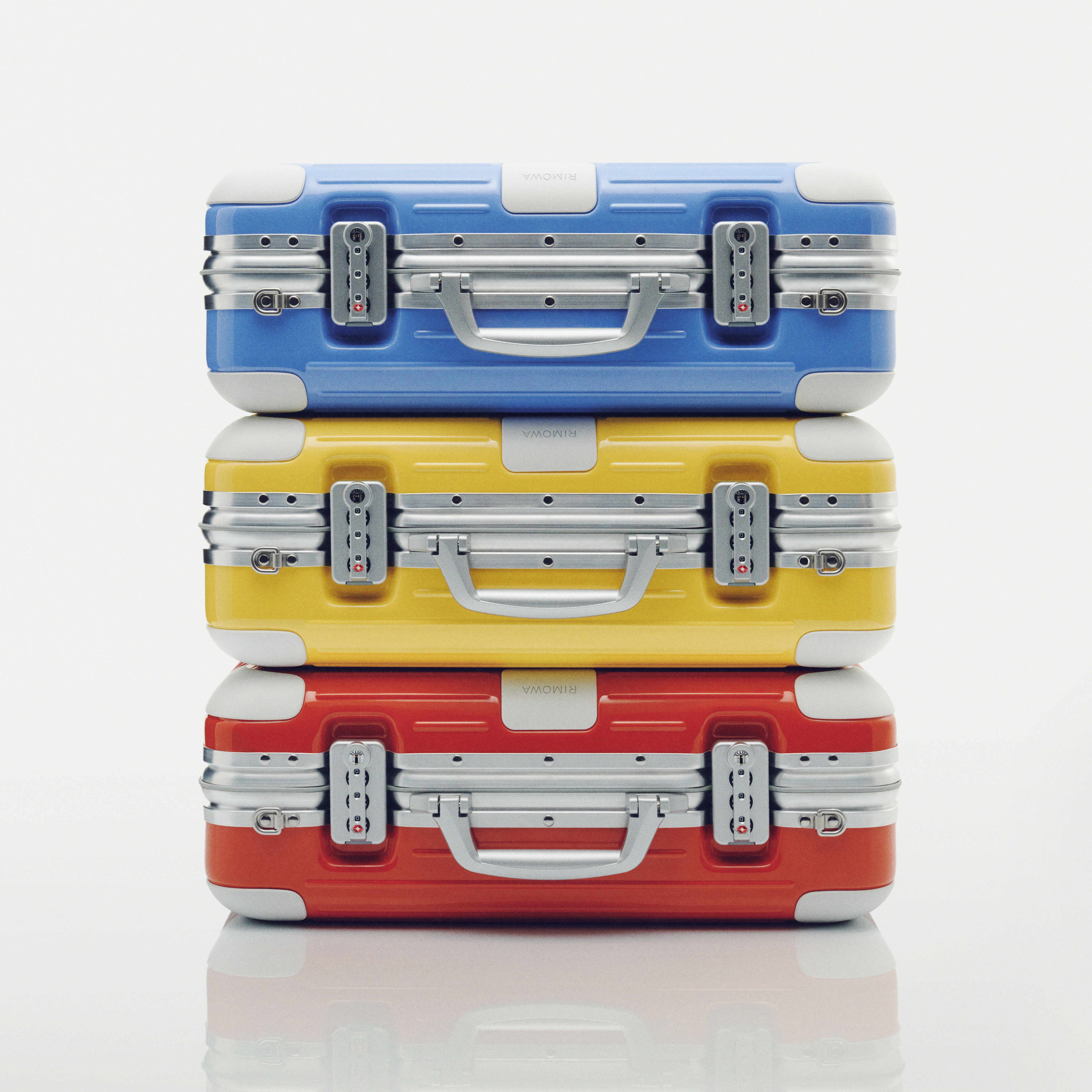 Big, bright and bold: Colourful luggage to inspire your next spring getaway
Big, bright and bold: Colourful luggage to inspire your next spring getawayIf RIMOWA's new 'Holiday' campaign is anything to go by, then conservative-coloured luggage is out and eye-catching is in.
By Rosie Paterson Published
-
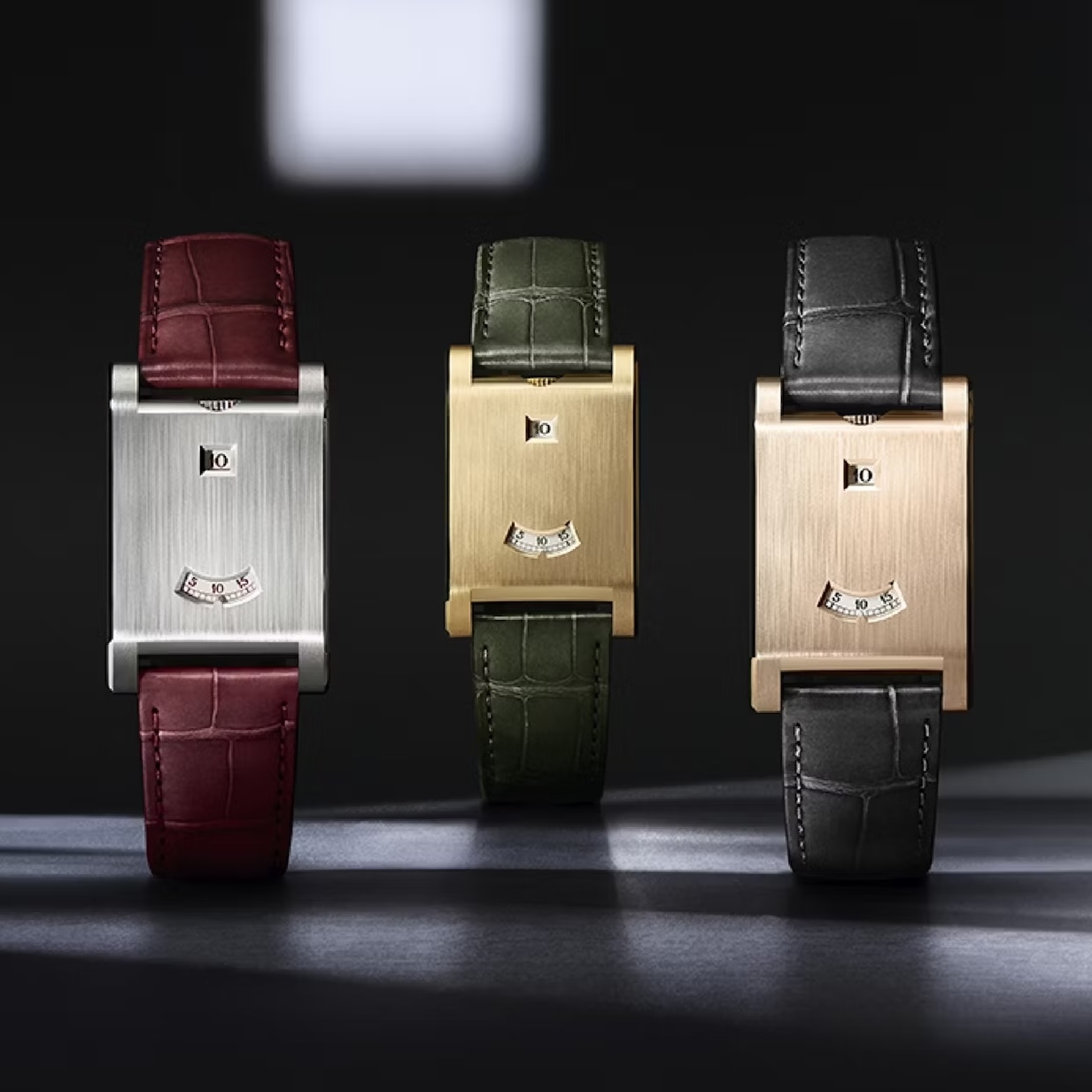 Jumping hours, guichets and visual theatre: The biggest trend from Watches and Wonders explained
Jumping hours, guichets and visual theatre: The biggest trend from Watches and Wonders explainedMiniature window displays replaced traditional watch hands at this year's Watches and Wonders fair.
By Chris Hall Published